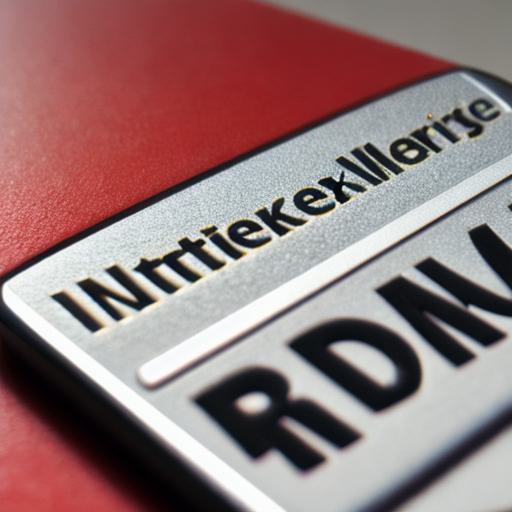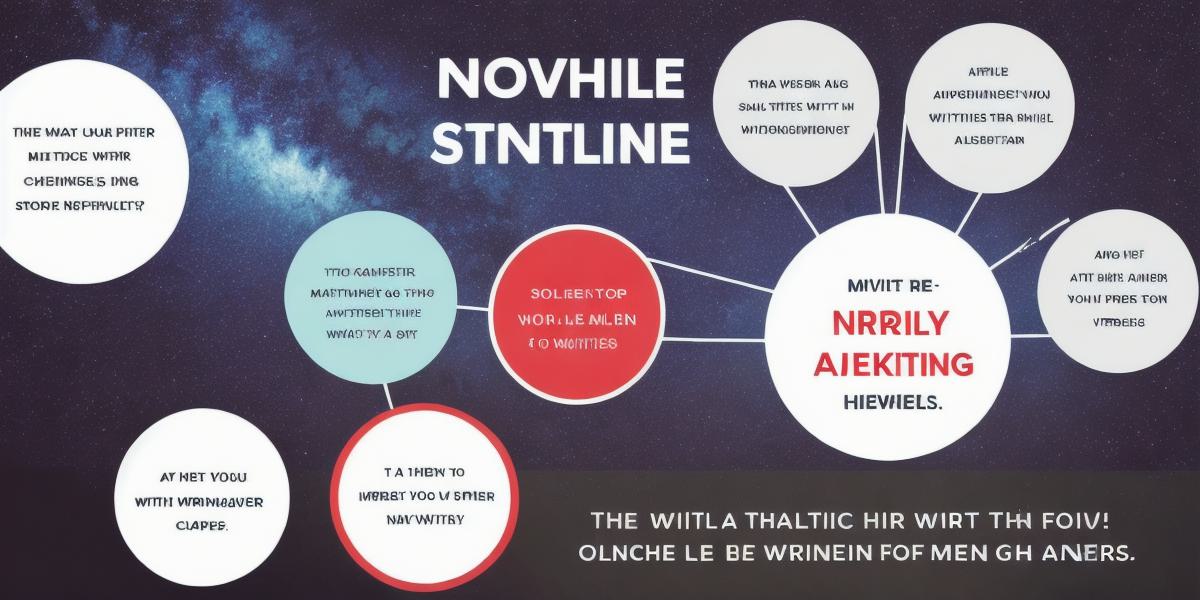In today’s digital age, marketing has become an essential aspect of any small business. With so much competition and endless options available to customers, it is crucial that small businesses have a strong online presence and effective marketing strategies in place. One of the most critical components of any marketing strategy is utilizing the right platforms to reach the target audience. This comprehensive guide will explore some of the top advertising and marketing websites for small businesses, their features, benefits, drawbacks, and how they can be used effectively to increase visibility and drive sales.
- Google Ads
Google Ads (formerly known as Google AdWords) is one of the most popular advertising platforms available to small businesses. It allows businesses to create targeted ad campaigns that will appear in search results on Google and its partner websites. Google Ads offers a variety of ad formats, including text ads, display ads, video ads, and more, and can be customized based on the target audience’s interests, demographics, behaviors, and geographic location.
Features:
- Keyword targeting: Businesses can choose specific keywords that their customers are likely to use when searching for products or services similar to theirs. This ensures that their ads will appear to people who are actively looking for what they offer.
- Ad scheduling: Google Ads allows businesses to schedule their ads to run during specific times of the day, week, or month. This is particularly useful for businesses with limited budgets, as it allows them to target peak hours when more people are likely to be online and searching for products or services.
- Conversion tracking: Google Ads allows businesses to track website visitors who clicked on their ads and completed a specific action on their website, such as filling out a form, making a purchase, or subscribing to a newsletter. This information can be used to optimize future ad campaigns and improve the overall effectiveness of the marketing strategy.
Benefits:
- High reach: Google Ads has access to millions of users worldwide, making it an ideal platform for reaching a wide audience quickly.
- Cost-effective: Google Ads offers pay-per-click advertising, which means businesses only pay when someone clicks on their ad. This makes it an affordable option for small businesses with limited budgets.
- Targeted ads: Google Ads allows businesses to create targeted ad campaigns that are tailored to the specific interests, behaviors, and demographics of their target audience.
Drawbacks:

- Learning curve: Google Ads can be complex, and it takes time to learn how to effectively use the platform.
- Cost: While Google Ads is cost-effective for small businesses, it can still be expensive if not used correctly. It is essential to set a realistic budget and optimize campaigns regularly to ensure that they are cost-effective.
- Facebook Ads
Facebook Ads is another popular advertising platform that allows small businesses to create targeted ad campaigns that will appear on the social media giant’s website and its mobile app. Facebook Ads offers a variety of ad formats, including image ads, video ads, carousel ads, and more, and can be customized based on the target audience’s interests, demographics, behaviors, and geographic location.
Features:
- Targeting options: Facebook Ads offers a variety of targeting options, including interest-based targeting, behavioral targeting, lookalike targeting, and more. This allows businesses to create targeted ad campaigns that are tailored to the specific interests and behaviors of their target audience.
- Ad scheduling: Facebook Ads allows businesses to schedule their ads to run during specific times of the day, week, or month. This is particularly useful for businesses with limited budgets, as it allows them to target peak hours when more people are likely to be online and engaged on social media.
- Conversion tracking: Facebook Ads allows businesses to track website visitors who clicked on their ads and completed a specific action on their website, such as filling out a form, making a purchase, or subscribing to a newsletter. This information can be used to optimize future ad campaigns and improve the overall effectiveness of the marketing strategy.

Benefits:
- High reach: Facebook Ads has access to millions of users worldwide, making it an ideal platform for reaching a wide audience quickly.
- Cost-effective: Facebook Ads offers pay-per-click advertising, which means businesses only pay when someone clicks on their ad. This makes it an affordable option for small businesses with limited budgets.
- Targeted ads: Facebook Ads allows businesses to create targeted ad campaigns that are tailored to the specific interests, behaviors, and demographics of their target audience.
Drawbacks:
- Learning curve: Facebook Ads can be complex, and it takes time to learn how to effectively use the platform.
- Cost: While Facebook Ads is cost-effective for small businesses, it can still be expensive if not used correctly. It is essential to set a realistic budget and optimize campaigns regularly to ensure that they are cost-effective.
- Instagram Ads
Instagram Ads is a popular advertising platform that allows small businesses to create targeted ad campaigns that will appear on the social media giant’s website and its mobile app. Instagram Ads offers a variety of ad formats, including image ads, video ads, carousel ads, and more, and can be customized based on the target audience’s interests, demographics, behaviors, and geographic location.
Features:
- Targeting options: Instagram Ads offers a variety of targeting options, including interest-based targeting, behavioral targeting, lookalike targeting, and more. This allows businesses to create targeted ad campaigns that are tailored to the specific interests and behaviors of their target audience.
- Ad scheduling: Instagram Ads allows businesses to schedule their ads to run during specific times of the day, week, or month. This is particularly useful for businesses with limited budgets, as it allows them to target peak hours when more people are likely to be online and engaged on social media.
- Conversion tracking: Instagram Ads allows businesses to track website visitors who clicked on their ads and completed a specific action on their website, such as filling out a form, making a purchase, or subscribing to a newsletter. This information can be used to optimize future ad campaigns and improve the overall effectiveness of the marketing strategy.
Benefits:
- High reach: Instagram Ads has access to millions of users worldwide, making it an ideal platform for reaching a wide audience quickly.
- Cost-effective: Instagram Ads offers pay-per-click advertising, which means businesses only pay when someone clicks on their ad. This makes it an affordable option for small businesses with limited budgets.
- Targeted ads: Instagram Ads allows businesses to create targeted ad campaigns that are tailored to the specific interests, behaviors, and demographics of their target audience.
Drawbacks:
- Learning curve: Instagram Ads can be complex, and it takes time to learn how to effectively use the platform.
- Cost: While Instagram Ads is cost-effective for small businesses, it can still be expensive if not used correctly. It is essential to set a realistic budget and optimize campaigns regularly to ensure that they are cost-effective.
- LinkedIn Ads
LinkedIn Ads is an advertising platform designed specifically for businesses looking to target professionals and companies on the world’s largest professional social media network, LinkedIn. LinkedIn Ads offers a variety of ad formats, including image ads, video ads, sponsored content, and more, and can be customized based on the target audience’s interests, demographics, behaviors, and geographic location.
Features:
- Targeting options: LinkedIn Ads offers a variety of targeting options, including job title targeting, company size targeting, industry targeting, and more. This allows businesses to create targeted ad campaigns that are tailored to the specific interests and behaviors of their target audience.
- Ad scheduling: LinkedIn Ads allows businesses to schedule their ads to run during specific times of the day, week, or month. This is particularly useful for businesses with limited budgets, as it allows them to target peak hours when more professionals are likely to be online and engaged on LinkedIn.
- Conversion tracking: LinkedIn Ads allows businesses to track website visitors who clicked on their ads and completed a specific action on their website, such as filling out a form, making a purchase, or subscribing to a newsletter. This information can be used to optimize future ad campaigns and improve the overall effectiveness of the marketing strategy.
Benefits:
- Targeted ads: LinkedIn Ads allows businesses to create targeted ad campaigns that are tailored to the specific interests, behaviors, and demographics of their target audience.
- Cost-effective: LinkedIn Ads offers pay-per-click advertising, which means businesses only pay when someone clicks on their ad. This makes it an affordable option for small businesses with limited budgets.
- High reach: LinkedIn Ads has access to millions of professionals worldwide, making it an ideal platform for reaching a wide audience quickly.
Drawbacks:
- Learning curve: LinkedIn Ads can be complex, and it takes time to learn how to effectively use the platform.
- Cost: While LinkedIn Ads is cost-effective for small businesses, it can still be expensive if not used correctly. It is essential to set a realistic budget and optimize campaigns regularly to ensure that they are cost-effective.
- Google My Business
Google My Business (GMB) is a free advertising platform designed specifically for local businesses looking to improve their online visibility and attract more customers. GMB allows businesses to create a profile on Google, which appears in search results and on Google Maps when users search for products or services in their area.
Features:
- Profile creation: GMB allows businesses to create a free profile that includes their business name, address, phone number, website, hours of operation, photos, and more.
- Reviews management: GMB allows businesses to manage and respond to customer reviews on their profile, which can help improve their online reputation and attract more customers.
- Posting: GMB allows businesses to post updates, promotions, and special offers on their profile, which can help keep their customers informed and engaged.
- Advertising: GMB allows businesses to create and manage Google AdWords campaigns, which can help drive more traffic to their website and increase sales.
Benefits:
- Improved online visibility: A GMB profile can help improve a business’s online visibility by appearing in search results and on Google Maps when users search for products or services in their area.
- Increased customer engagement: GMB allows businesses to manage and respond to customer reviews, which can help build trust and attract more customers.
- Cost-effective advertising: GMB allows businesses to create and manage Google AdWords campaigns, which can be an affordable way to drive more traffic to their website and increase sales.
Drawbacks:
- Limited reach: GMB’s impact is primarily limited to the local area where the business is located.
- Time-consuming: Managing a GMB profile can be time-consuming, especially if a business has multiple locations or needs to respond to customer reviews regularly.
- Dependence on Google: GMB relies heavily on Google’s algorithms and policies, which can make it challenging for businesses to control their online reputation and visibility.




